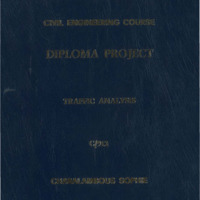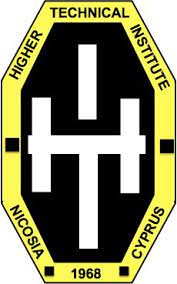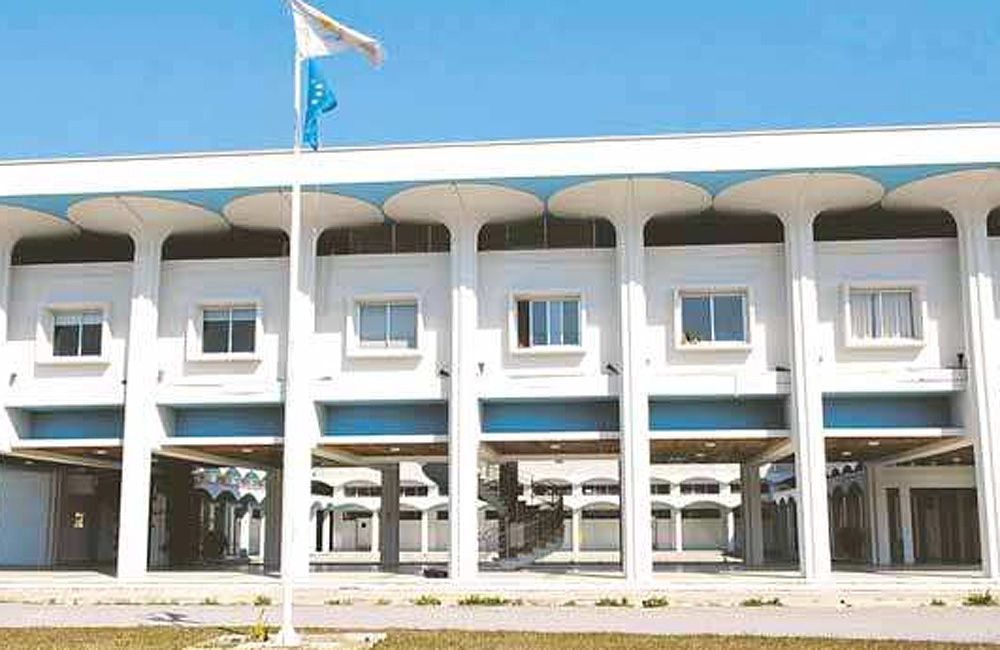Traffic analysis
- Τίτλος
-
Traffic analysis
- Θέμα
- Traffic engineering
- Traffic congestion--Research
- Roads--Design and construction
- Traffic accidents--Research
- Δημιουργός
-
Charalambous, Sophie
- Πηγή
- Higher Technical Institute
- Το πλήρες κείμενο είναι διαθέσιμο από το Υπουργείο Ενέργειας, Εμπορίου Βιομηχανίας και Τουρισμού.
- Εκδότης
- Library of Cyprus University of Technology
- Ημερομηνία
- 2000
- Συνεισφέρων
- Kathijotes, N.
- Δικαιώματα
- Απαγορεύεται η δημοσίευση ή αναπαραγωγή, ηλεκτρονική ή άλλη χωρίς τη γραπτή συγκατάθεση του δημιουργού και κάτοχου των πνευματικών δικαιωμάτων.
- Μορφή
- Γλώσσα
- en
- Τύπος
- text
- Αναγνωριστικό
-
CED0471
- Σύνοψη
-
Traffic engineering is defined as that phase of engineering which deals with the planning and geometric design and traffic operations of roads, streets and highways, their network terminals, abutting lands and relationships with other modes of transportation for the achievement of save, efficient and convenient movement of persons and goods.
Traffic engineering deals with problems which are not only dependent on physical factors but very often include the human behavior of the driver and the pedestrian and their interrelationship with the complexity of the environment.
Traffic engineering has appeared as a part of Engineering from the need of human to transport. It has arisen from the moment the first vehicles were invented
therefore creating the need for designing roads.
Urban growth is causing multiple transportation demands on inadequate facilities. Cities depend largely upon their street systems for transportation systems.
These systems are being overtaxed to meet increasing service demands for automobile traffic commercial traffic, public transportation, access to abutting
property and parking.
Transportation facilities are a basic requirement for community growth and development. With the huge capital investment required to finance urban projects of
all kinds, the consequences of not planning have become more acute than ever.Successful solutions to the complex mobility problems confronting urban areas
require the full energies and imagination of many professionals but particularly of the traffic engineer.
Improved transportation, predominantly highway-oriented, also is crucial for the developing nations. Efficient movement of agricultural products, access to
medical attention and the ability to transport raw materials and finished products are all essential if the developing nations are to raise living standards above the
subsistence level. None of these can be accomplished when transportation relies on what men or animals can carry on their backs.Highway transportation has also brought great changes to rural areas.
Practically all farm products are moved initially by motor vehicle. Many such as milk, perishable food and livestock, for which quick delivery is important, travel all
the way to market in that manner. With the school bus the consolidated school has replaced the one-room school house. Medical attention and similar services are
almost as close at hand in the country as in town. There are increased opportunities for recreation social contacts and education, in fact, the rural mode of living has
become much like that of town and city.
The development of motor transportation has brought tremendous changes to our cities. The combined effects of the freedom of movement offered by motor
transportation and the population shift from rural to urban areas have brought a veritable" explosion" of our cities. Highway engineers strive toward to two goals.
1. Providing a high level of service (Le. seek to minimize travel times and delays).
2. Providing a high level of safety.
These two goals are not only often contradictory (e.g. higher speeds minimize travel time but may also decrease safety), but must be achieved in the context of evercharging constraints. Such constraints can be broadly classified as economic (the cost of highway related projects), political (the community-related impacts of projects) and environmental (the impact of projects on the environment measured in terms of
air, water and noise impacts and quality of life). As a further complicating concern, engineers must also address the likely short and long-term impacts of highwayrelated projects on vehicles traffic, which is an outgrowth of traveler behavior.
The function of traffic engineering can be discharged in a variety of ways. One department may handle all functions or these may be spread among several
departments or divisions. At the city level traffic engineering functions may be contained under one Separate Department of Traffic Parallel to other departments such as Sanitation, Police, Housing and Fire. For smaller cities the Traffic or Traffic Engineering Department usually handles motor Vehicle traffic and related areas often leaving transit to a separate department.
Modem techniques for traffic control and regulation, the increasing emphasis and necessity for coordinated efforts between the traffic engineer civil engineer and
urban planner, urban renewal and the importance of research in traffic engineering have all contributed to the major role played by the traffic engineer in today's
transportation problems.
Traffic engineering deals the problems of traffic accidents and congestion with two approaches:
1. The Constructive approach.
2. The Restrictive approach.
3.The constructive approach includes the planning and geometric design of new street, highway, transit and parking facilities to meet estimated future desires for
transportation and termination. The restrictive approach implies the obtaining of maximum efficiency from existing streets and highways through application of
traffic regulations and traffic control devices. These controls, by their very nature place restrictions on the driver's freedom. Traffic studies and analyses provide the
basis for both the Constructive and Restrictive approaches. A road is designed to serve the traveling public however the construction of new roads and streets is not always the solution for relieving congestion and the
traffic engineer has an obligation to get maximum utilization out of existing facilities by bitter control of traffic.
As conclusion, since a road is of great importance it should be treated with the respective attention.
- Πολυμέσα
-
 CED0471.pdf
CED0471.pdf
Τμήμα του Traffic analysis


